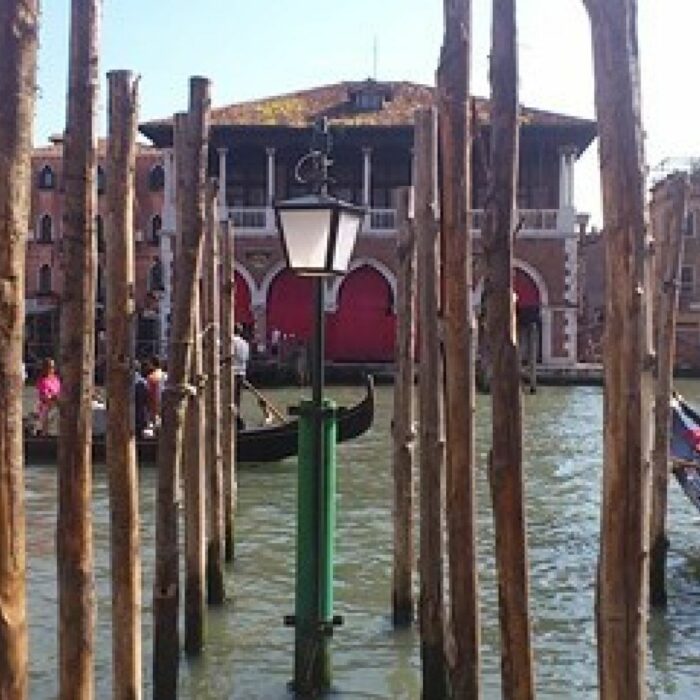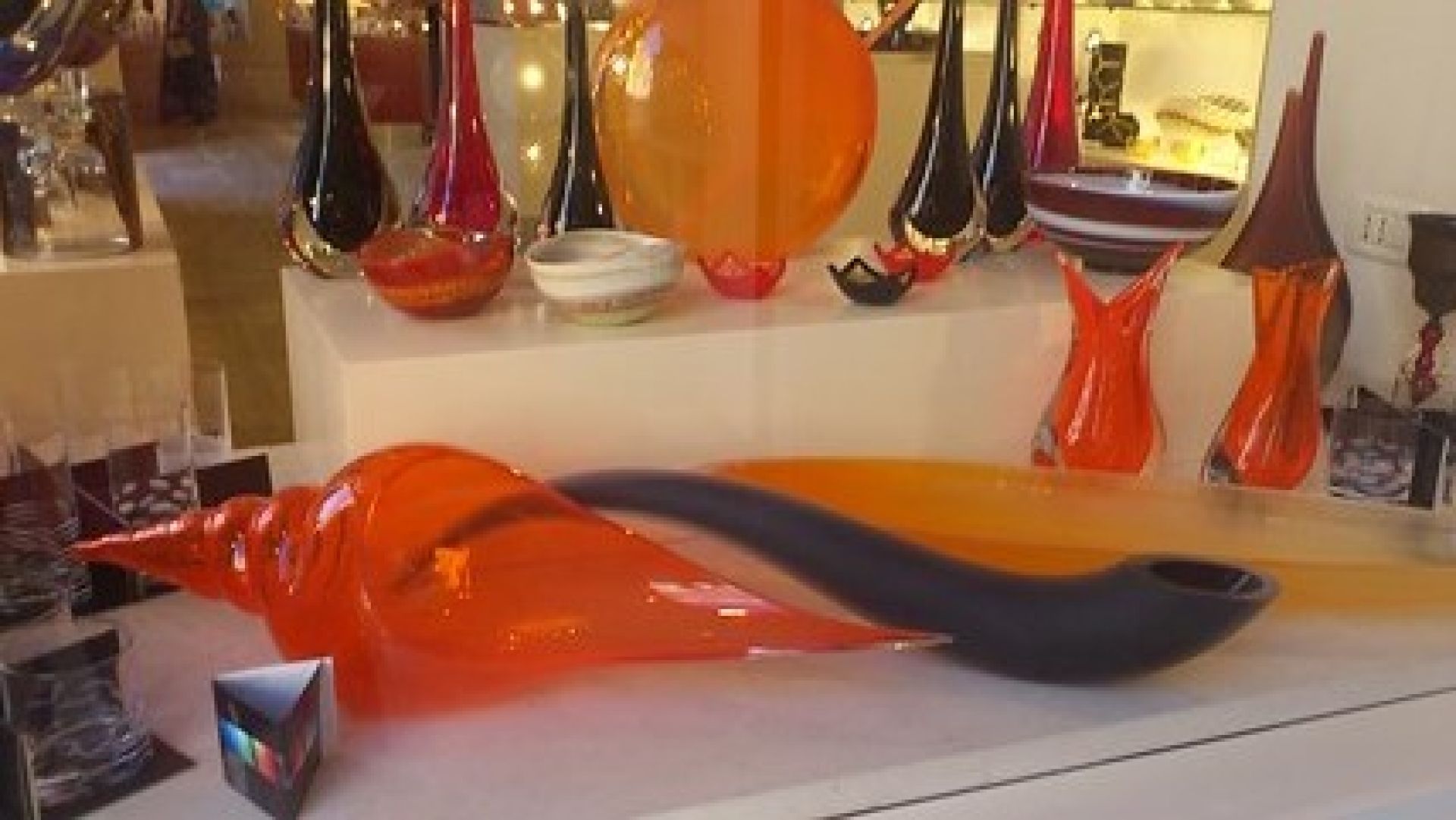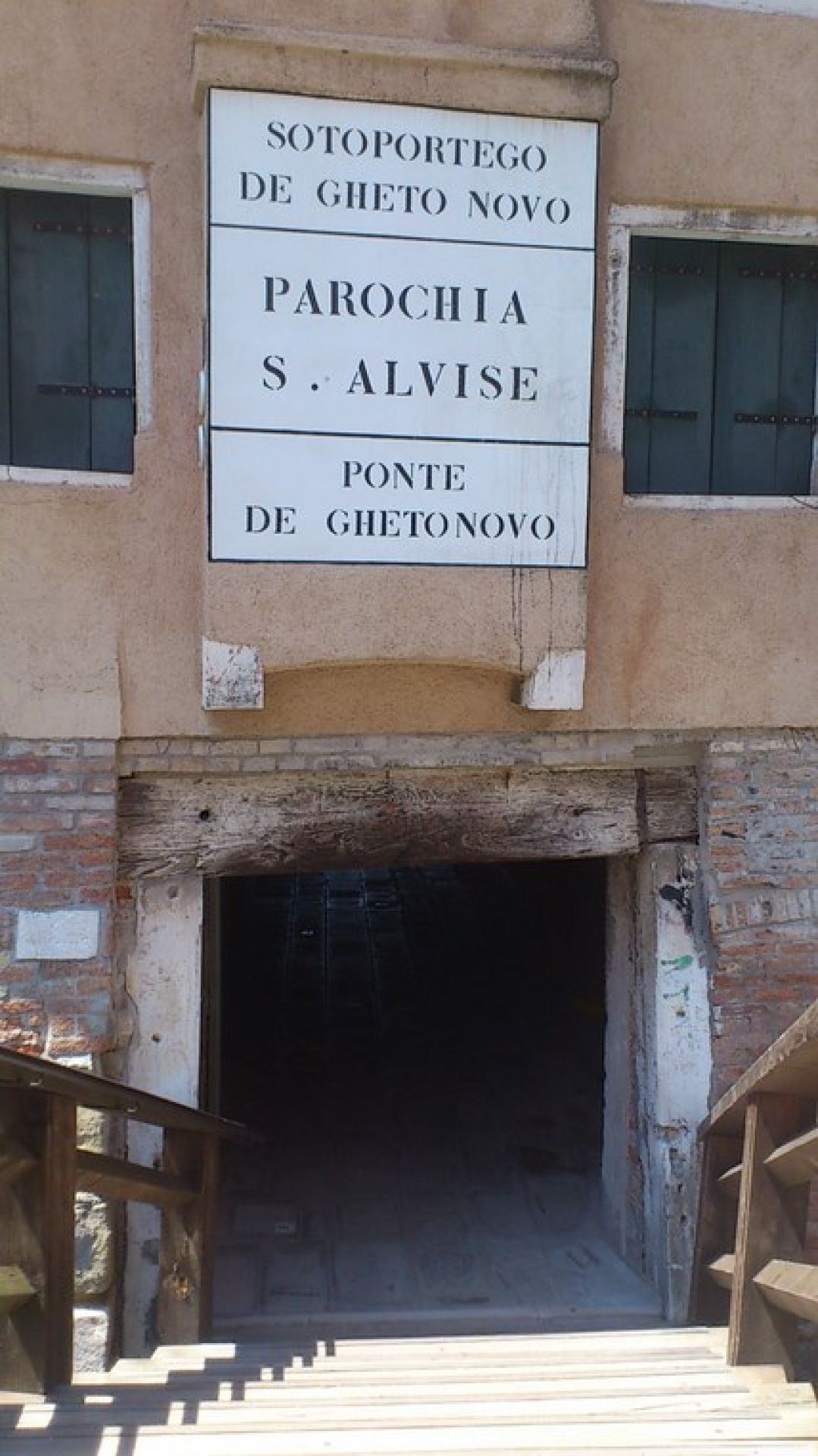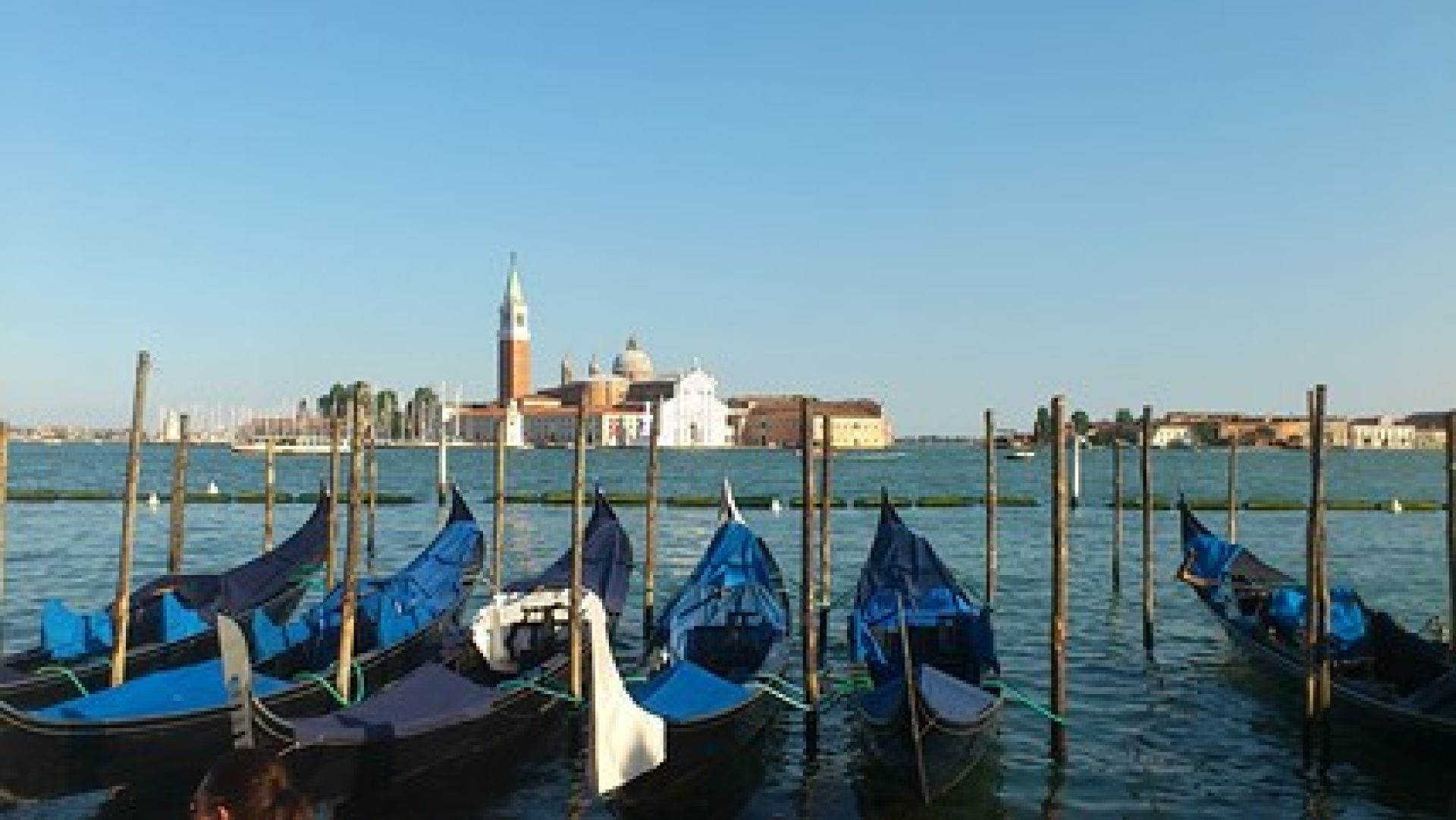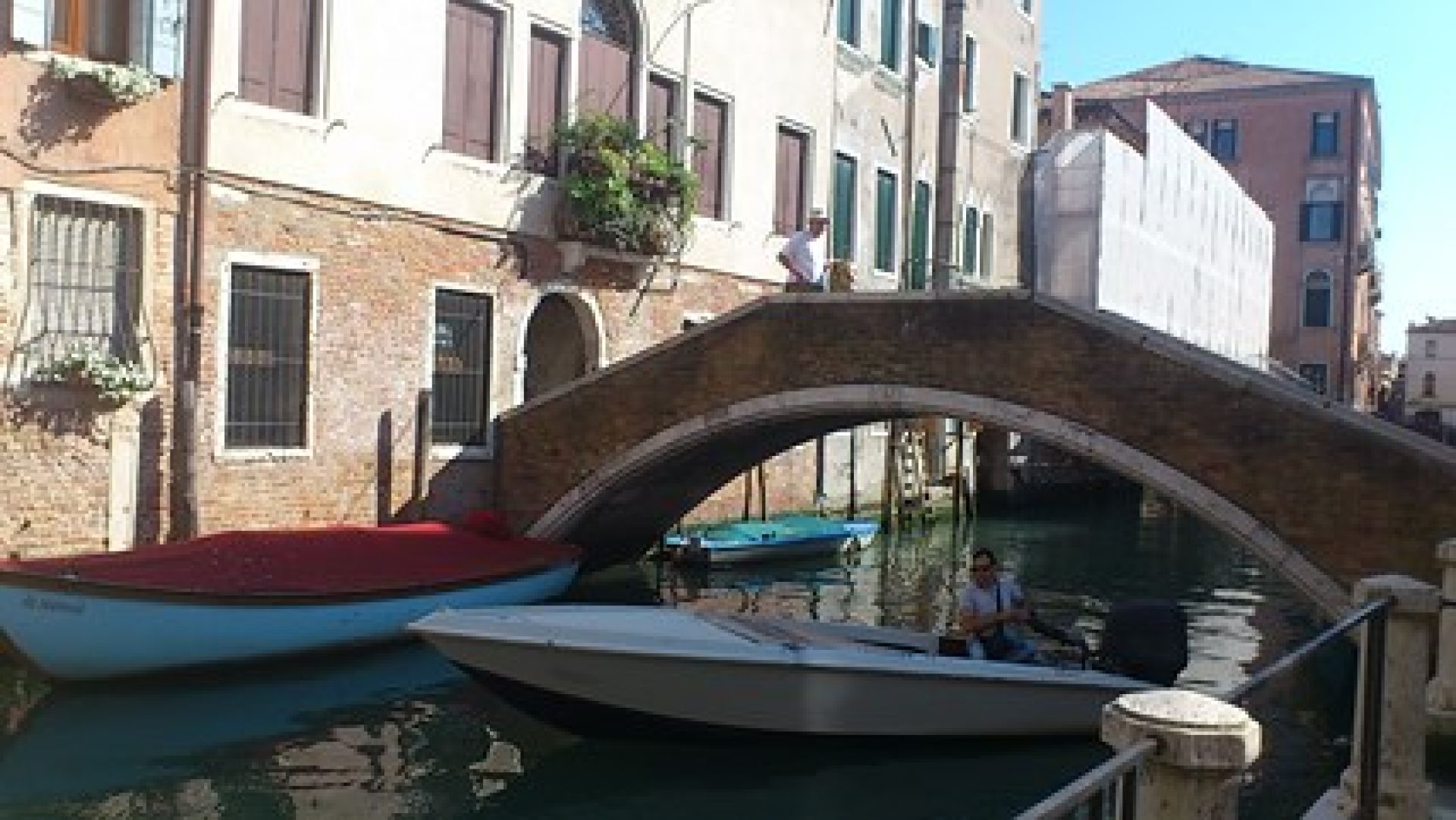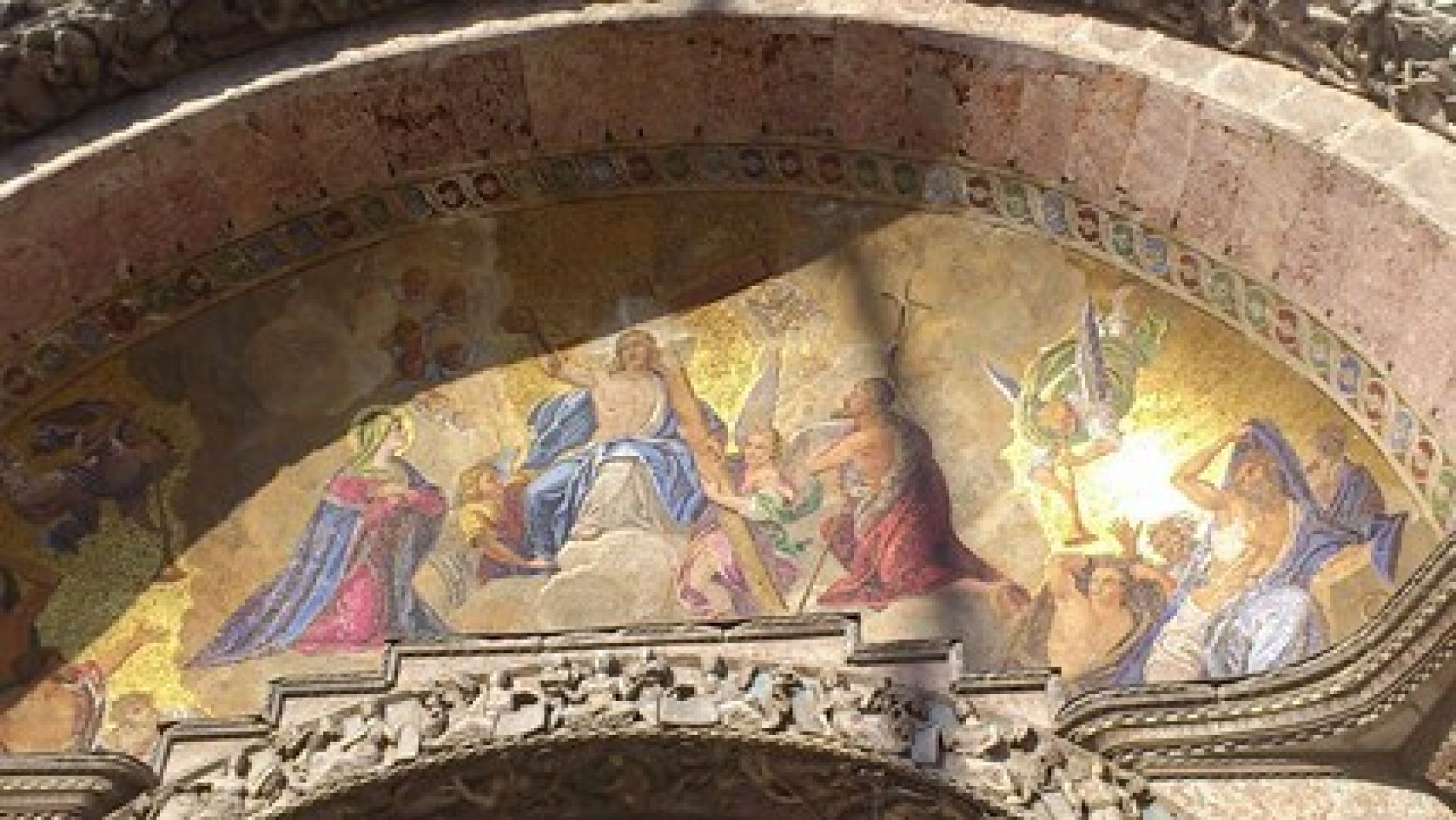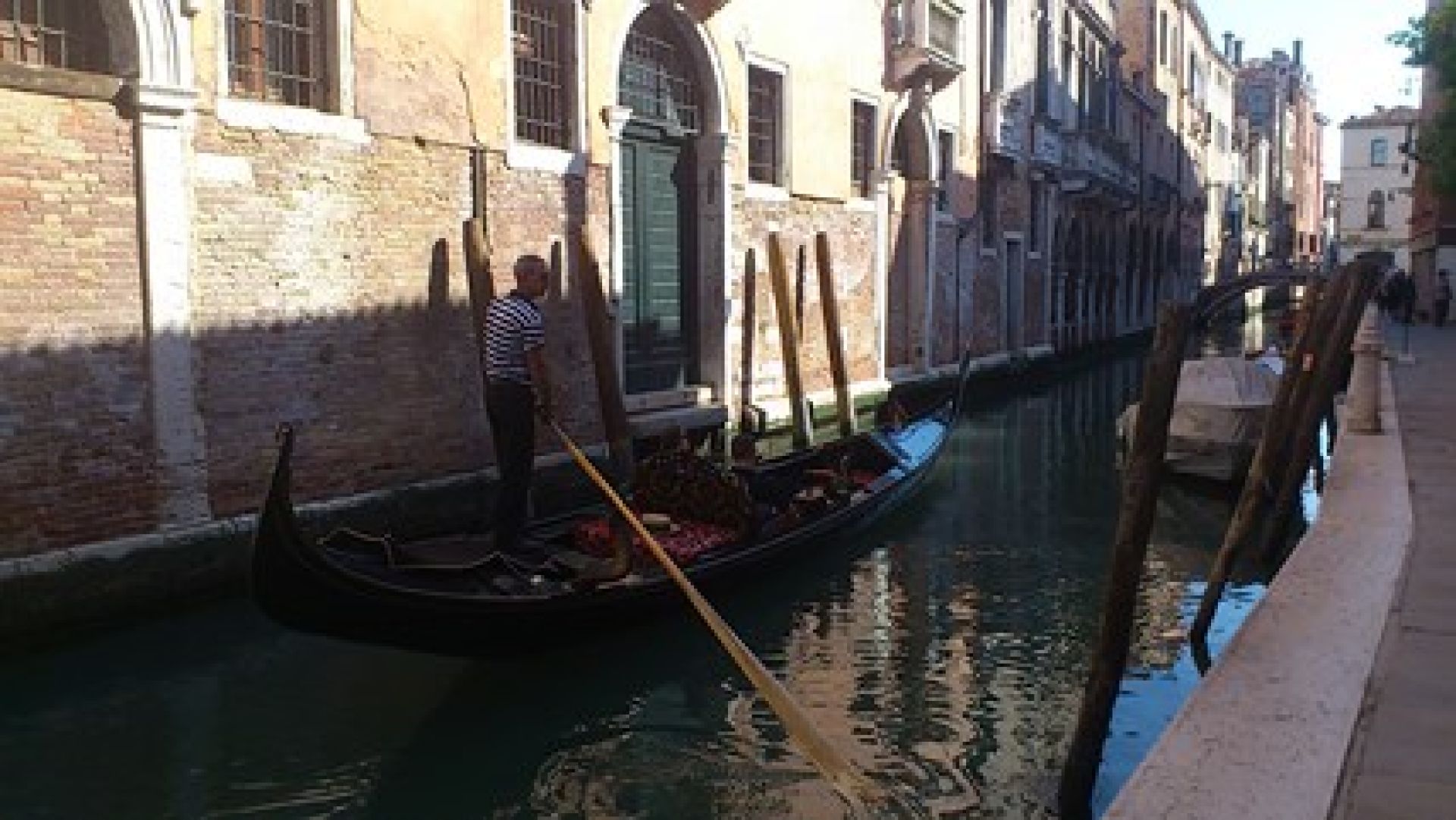A story about Venice
The impressive St Mark’s cathedral, the St Mark’s Basilica, the Doge’s palace and the Grand Canal are the symbols of the unique city located in a marshy lagoon connected to the Adriatic Sea. Venice is known for its canals and the beauty of its architecture and artworks. Because of its old trading tradition and international links the culture of Venice is strongly influenced by the style of the Middle East and Byzantium. Also today Venice hosts thousands of tourists crowding the streets and bridges of the small city. Historically seen, many Jewish people used to live in Venice but they were forced to inhabit a small ghetto. The word ghetto comes from Italian which origins from GETO. Geto means also iron caster. Because the Jewish people had to live in an unpopular quarter of the iron casters, the district was named geto. The word GETO appeared in the 15th century for the first time. Most Jewish inhabitants of Venice arrived to the city from Spain and the Middle East. In the Middle Ages they had to live in a small Jewish quarter, where one can see narrow streets and sense lack of overwhelming space. Despite the hard living situation in the ghetto at that time, where the houses counting eight floors each are situated very close to one other, around five synagogues were built and a lot of small shops selling Jewish food, paintings, jewelry made by murano glass were opened. Here one finds also a gallery, located next to the building of the Jewish community, that is visited by the tourists and especially by the American visitors. Tony Green is the owner of the gallery. He settled down here because of the lower rent prices.
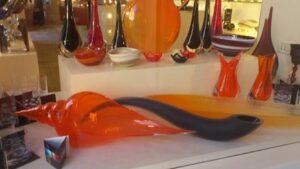

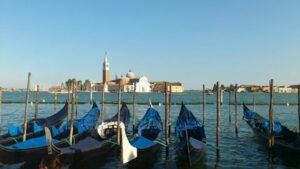

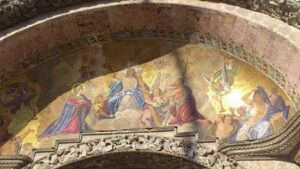

At the square where Tony’s gallery is located you can hear noisy machines. In a shop with a low ceiling Alvise Deste is sitting at the table and painting small glossy glass figures with many colors. The figures are similar to Easter Eggs. When I approach he interrupts his work to speak with me.
Moderated by Anna Stopazzolo and Mila Zaharieva-Schmolke
Author Mila Zaharieva-Schmolke
Music by Prof.Simo Lazarov
Tony’s gallery: www.tonygreen.net

